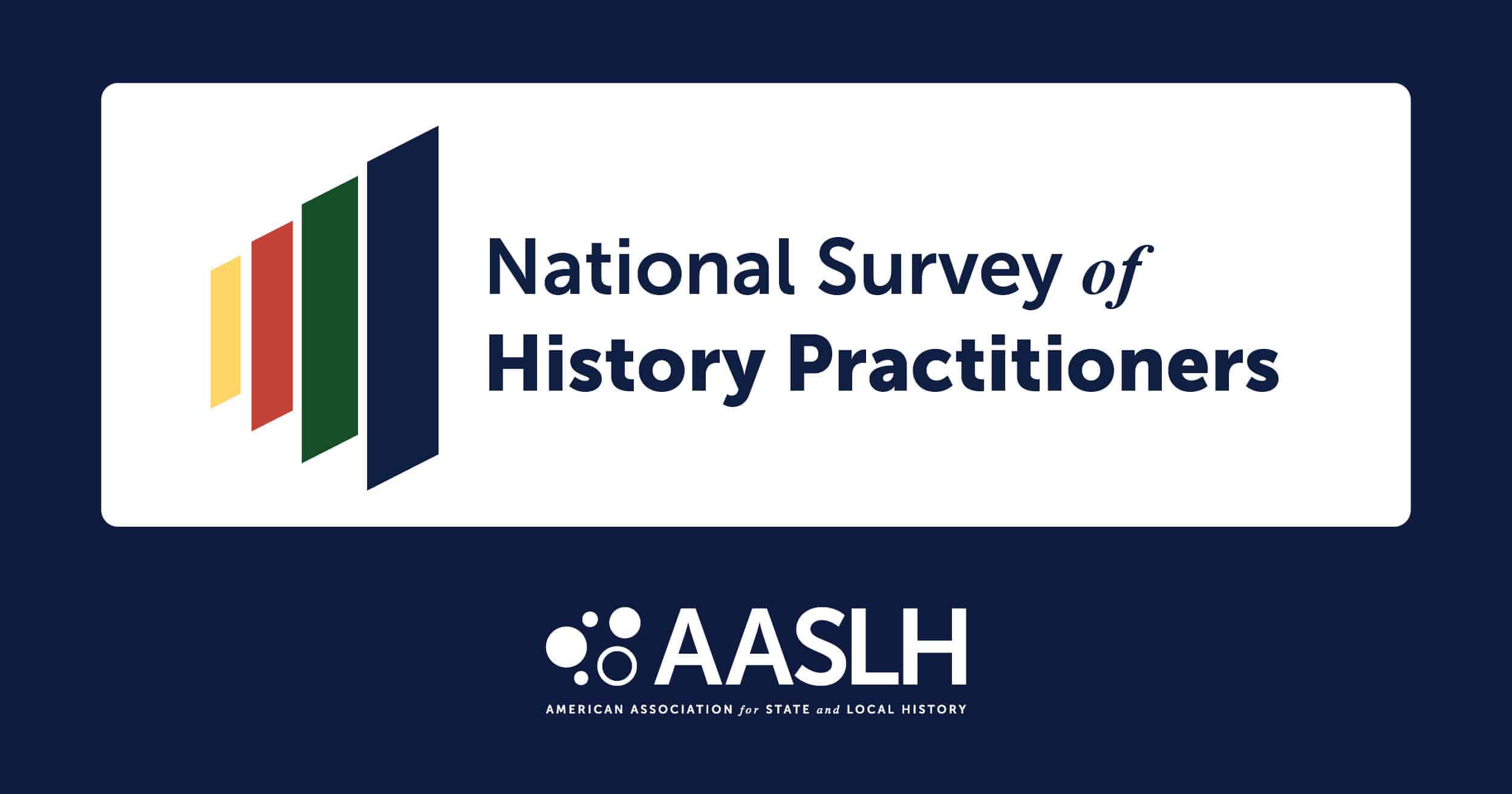I really love the Lower East Side Tenement Museum. You certainly can’t deny the benefit of their incredibly central location or of the money they have to do what they do. But what continues to inspire me about this museum is that a lot of their “tricks” are incredibly cheap and easy. It’s just about how museum sells the experience and how the educators frame the tours.
I went on their newest tour – Shop Life – during a recent weekend trip. Unlike the other daily tours this tour is less about the residents and more about the building’s businesses over the years, explored through the stories of the business owners and through the social and political context of the times in which they lived. The tour is in the historic building’s main floor, mostly in rooms full of artifacts and props. The educator asked us not to touch and not to take photos, and told us that drinks other than water were prohibited. Very traditional rules, but they managed to make it a very non-traditional tour. A lot of you have probably visited this museum and may have already taken this tour, in which case you should feel free to disagree with my opinions. But here are my big takeaways.
Ask big, open-ended questions. Our educator asked big questions to inspire discussion among the group. She literally said, “We can debate about this later on. You can help me to figure out what I think about it all. I’m still not sure.” The questions were things like: “What does it mean to have an American business? What does it mean to be an American? Which of these business-owners lived the American dream? Did any of them? In what way?” People were put a little on the spot, but it worked. We had good discussion. And it inspired more great questions, from them and from the educator. There was even conversation between guests. And the questions weren’t just about immigration – they were the kinds of questions that any historic site could be talking about. Universal themes can be found anywhere.
Don’t be a know-it-all. Be a pal. The educator was in more of a facilitator role. Less of an expert and more of a fellow history nerd/pal who was excited to share what she’d learned with us.
Paint a picture. We started out in the beer saloon room, sitting along the wall, and the educator asked us to imagine that we were German immigrants. She helped us by offering some data, asking us questions that forced us to really look around the room, and by giving us bio cards with identities of people who would have frequented the saloon. We didn’t take on the characters, nor did we hold onto the cards for long, but they were helpful devices to get us to think about the human stories and to consider WHY they would have been there.
Sit around a table. In the second room we sat around a table. It was great. Helped the group to interact and get a little more comfortable with the space, each other and with asking questions. I recently read Peter Block’s book “Community: The Structure of Belonging” and he quoted “Change the room, change the culture.” Sitting around a table felt casual and comfortable. This simple thing changed the culture of the entire experience.
Offer opportunities for sensory experiences. The second room had smell jars on the table – looked like those little oil & vinegar jars, but had soaked rags inside that held the concentrated odors of: cigars, stove, cloves, etc. We got to open them and smell throughout our time in the room, at our leisure. Not heavy-handed, but certainly enhanced the experience.
Give guests the chance to discover content and offer new ideas and perspectives. In the final room, they had these cool high-tech tables where we could choose an object off the wall and place them on a screen where the object (with embedded chip) would kick-off a personal multi-media experience. The object served as the jumping off point for different businesses’ stories. And even though we did this independently, with headphones, the educator asked us to be prepared to share our big takeaways with the group. So we had jobs, which gave the experience more definition.
Connect the past with the present in concrete, explicit ways. The educator gave a lot of modern data about the neighborhood and also talked about legislation that impacted area businesses – up to the modern day. There was even a quick video at the end of an interview with a young Chinese woman who owns a bakery in the neighborhood now. These elements helped to make the tour’s relevance even more explicit and helped us to keep the tour/history in mind as we left and went about our day in the city.
Rachel Abbott, Program Associate, Historic Sites & Museum Division of the Minnesota Historical Society





